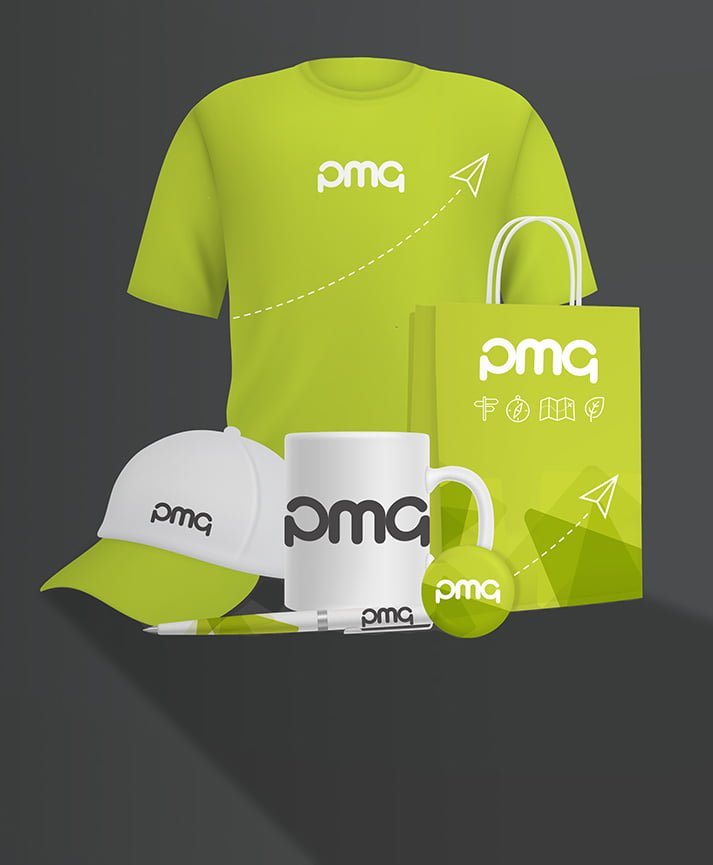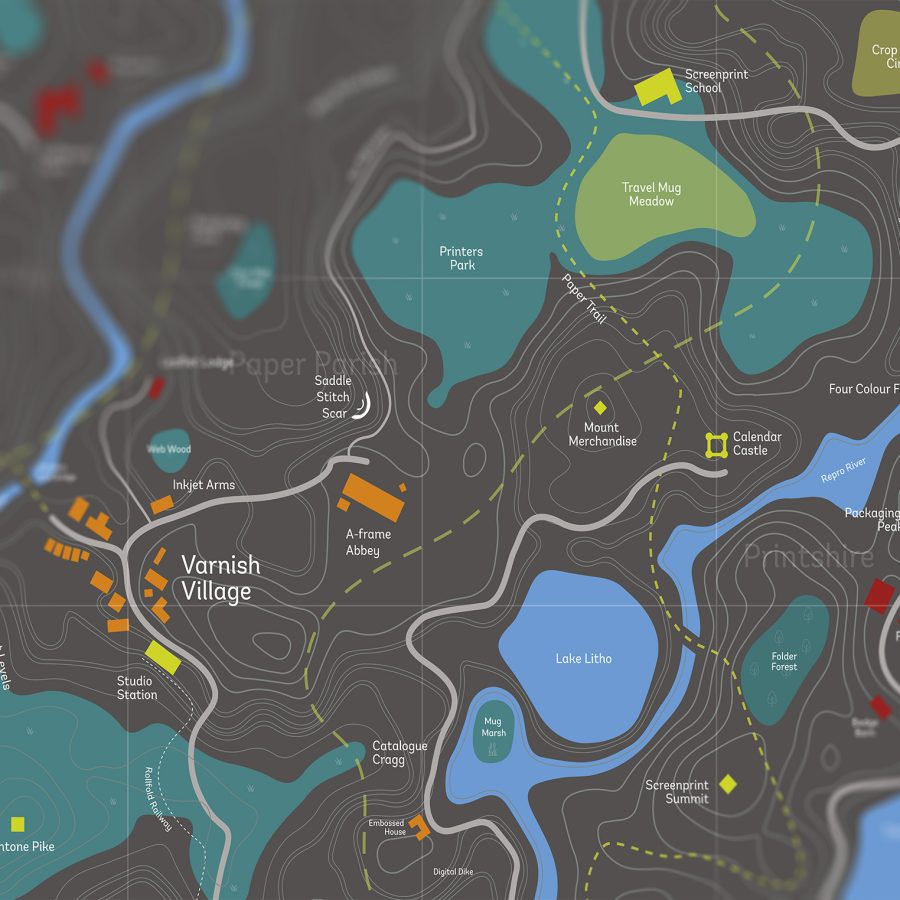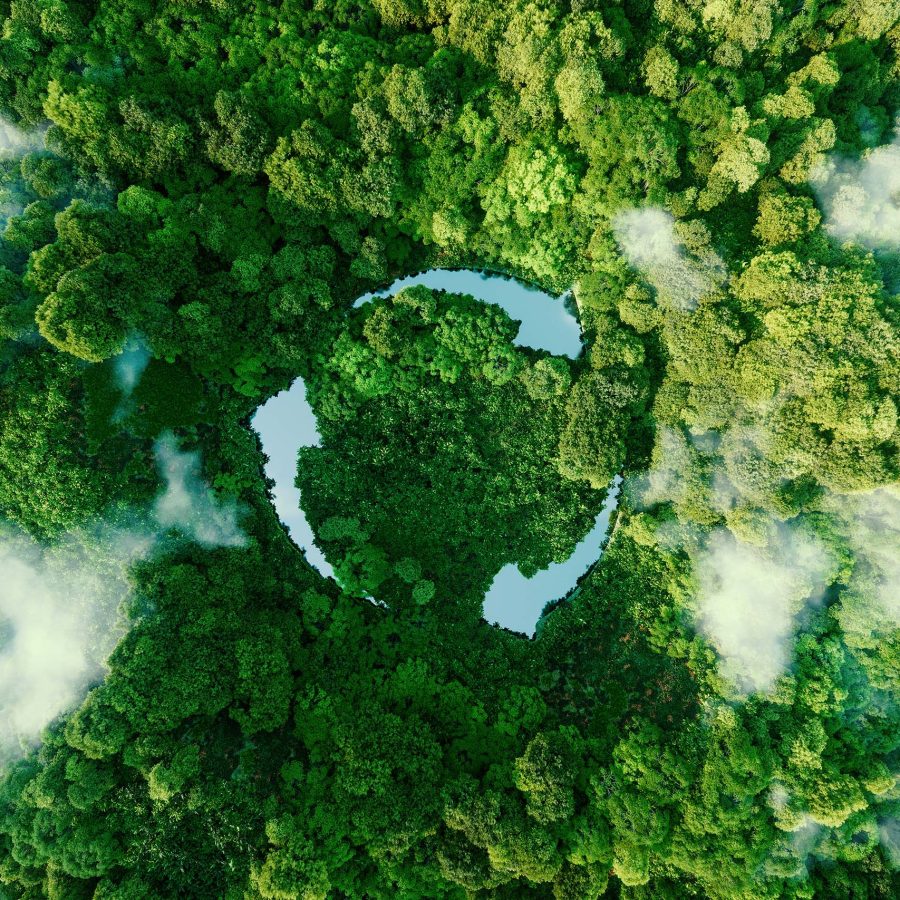
Colour is often the first thing marketers think about when they start to create collateral. Whether they are led by brand guidelines or have free rein to be as creative as possible, colour is a critical part of the overall impression a piece of printed material will make.
There’s lots of theory behind the impact that various colours make and over a series of blogs we’ll take you through some of the main colours. We’re starting with green, a secondary colour (more on that later) but also the colour of our PMG logo, which is why we thought we’d tackle it first. If you want to know about how colour is reproduced, we wrote about that separately here.
What is colour theory?
It’s more technical than you’d think. Designers will talk to you all day (if you ask nicely) about colour, tone, saturation, hue and vibrancy, but even the non-designers among us can appreciate the impact colour can have.
Red is for danger (think stop signs and hazard warning information) but also passion and power. Blue is safe and dependable (the reason it’s chosen by many banks). Yellow is warm, lively and energising.
Cultural differences can have an impact on how people perceive colour – in China red is the colour of prosperity, but in South Africa it’s a colour used for mourning as a reference to the blood spilled during the apartheid era.
And there’s a whole spectrum of colours and colour combinations which can be used to create different impressions on the intended audience, so putting together the colours you want to use in a document is a great start, even before you have any content to put in it.
Primary colours
You’ll have learned about them in school, but a quick refresher as that was quite some time ago for many of us! Primary colours are ones which aren’t made by blending any other colours. There are just three – red, blue and yellow. Mixing these together is the way all other colours are made.
Secondary colours are made by mixing combinations of two primary colours – you probably did this with paints and plastic containers while still at primary school, experimenting with different proportions to get different shades and tones.
What about green then?
Green is a secondary colour, made by mixing blue and yellow. It’s associated with the natural world and new life – think the fresh green shoots of spring – but also with money and in some countries, with jealousy or inexperience (think of they phrase, “they’re a bit green,”).
We chose green for the PMG logo when we rebranded in 2011. We felt it was fresh and vibrant, and not too easily associated with the print management industry. We didn’t want to be predictable and also wanted a colour we could use in lots of different ways. Rumours that we chose it due to Mike’s love of lime in gin and tonic are (almost) completely unfounded. Although we did once give away gin and tonic at an exhibition with slices of lime frozen into the ice cubes.
As a colour, green combines the calming tones of blue with the energy and zing of yellow. It can be fresh in bright, limey hues, or it can be earthier as it changes towards olive. As a heritage colour it’s recognisable on cars (British Racing Green) and in interior design. These hues are seen as more traditional and dependable.
In design, the right green can be a harmonising colour, balancing and stabilising other elements. It’s a popular colour in many well-known logos, from Land Rover to Spotify via Heineken and Starbucks.
For advice about colour for your next print project, give our studio a call on 01924 284330.
Photo by Victor Figueroa on Unsplash
















































